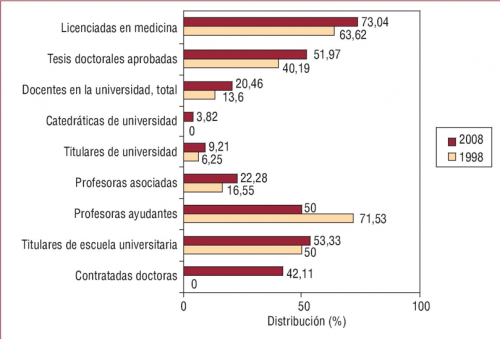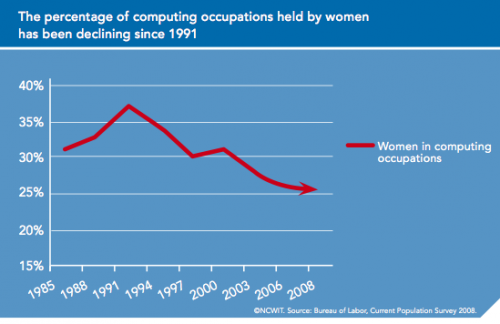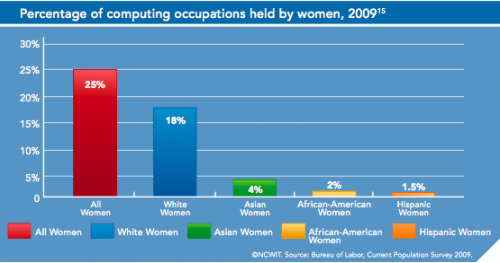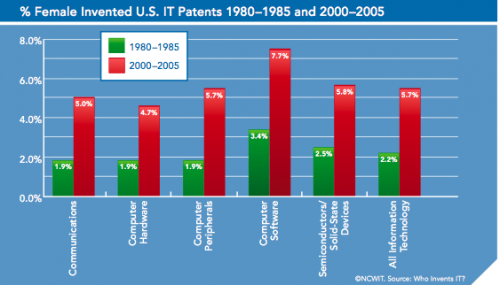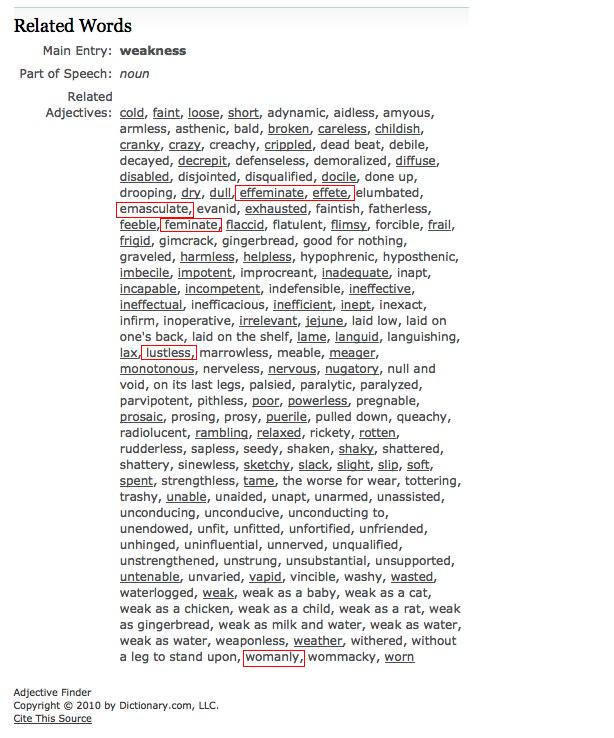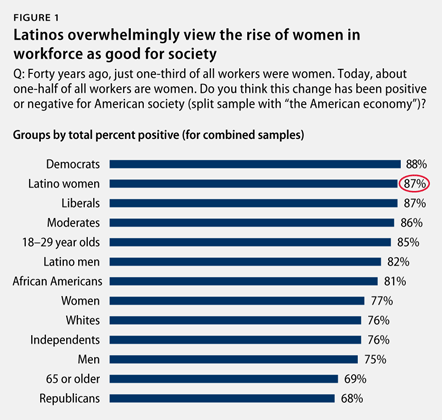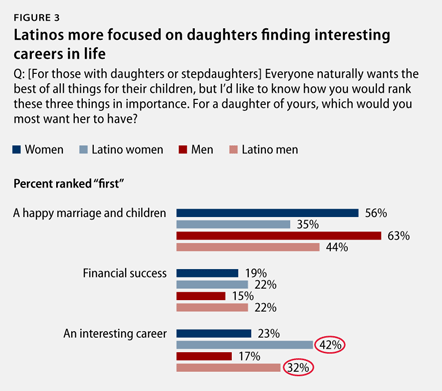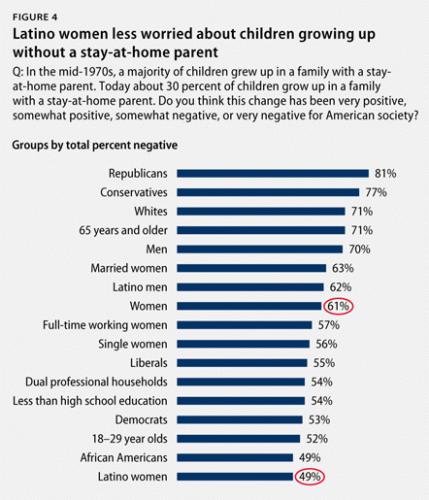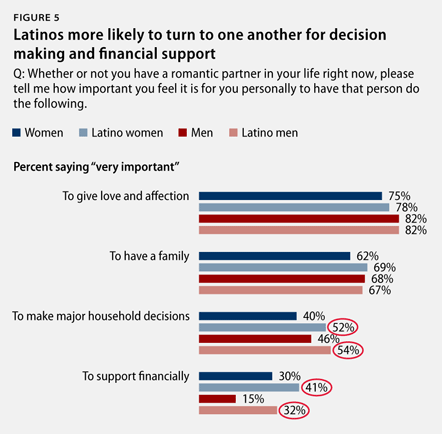Nia A. sent in a chart from an article in the Revista Española de Cardiología about gender in medical schools in Spain. Overall, the medical field is increasingly feminized. In 2008, 73% of new medical school graduates (licenciadas en medicina) were female (note that in Spain they use commas where we would use a decimal in a number in the U.S., so 73,04 = 73.04):
It’s a significant increase, but women also earned a significant majority of medical degrees by 1998, so this isn’t a new phenomenon. Women also earned just over half (52%) of Ph.D.s in 2008 (tesis doctorales aprobadas).
When we look at faculty (docentes en la universidad, total), women are a distinct minority, making up only 20%. This varies quite a bit by position (I’m relying on Nia’s comments and Wikipedia to translate Spain’s academic ranks to the U.S. equivalent; please let me know if I’ve misunderstood a category):
- The percentage of women serving as teaching assistants (profesoras ayudantes) has gone down from 72% in 1998 to 50% in 2008 (the only area where the percentage of women decreased).
- Women make up 22% of lecturers (profesoras asociadas, who may or may not be tenured) and 9% of titulares de universidad (which I think are what we would call associate professors in the U.S.). They make up a sizable minority of contratadas doctoras, a tenured position similar to a professor (42%).
- Women made up a larger percentage of titulares de escuela universitaria (53%), a position at non-Ph.D. granting and technical colleges; however, this position was abolished in some academic restructuring in 2007. Those holding it keep their jobs, but no new hires will be made.
- However, women make up only a tiny portion (4%) of catedráticas de universidad (roughly the same as a full professor — received tenure and then met a number of other requirements for promotion). Only this group is eligible to become a rector (university president)
This pattern is widespread in universities (see our post on engineering and tech faculty), and likely due to a number of factors. There is always lag time between demographic changes in a field and changes in faculty, since unless a lot of new positions are created, potential faculty have to wait until current ones retire. All things being equal, we’d expect the % of women faculty to go up steadily over time as more female Ph.D. candidates apply for positions previously held by men. Of course, women have been earning the majority of medical degrees since before 1998, so there’s been sufficient time for gender changes in the field to affect the composition of faculty.
But all things aren’t equal in university hiring. Historically women have faced significant gender discrimination, and this continues to occur. However, a large body of evidence indicates that family/work conflicts play a huge role. Because women still, as a group, have primary responsibility for childcare, they are more likely than men to face difficulties balancing family time with work requirements, such that they are less likely to advance to tenure or promotions. They are more likely to opt out of more demanding positions — applying to be Dean, say, or accepting a position at a research-heavy university as opposed to a community college — but also find that they may be “mommy tracked” by hiring committees who assume they’ll be taking too much time out of the paid workforce to raise their kids (and often make these assumption whether or not the woman has or plans to have kids or stay home with them).
I also suspect that if the data were broken down into specialty, we’d see more women earning degrees or teaching in areas associated with women or the family (ob/gyns, for example) as opposed to more masculinized specialties, often perceived as very high-status, like neurosurgery (we see more women than men in pediatrics and ob/gyn in the U.S., for instance).
Will the percent of female med school faculty in Spain and elsewhere increase? Undoubtedly over time it will. But due to factors including those I just discussed, it’s also likely that the increase will lag significantly behind what we’d expect just based on the number of women earning medical degrees.

